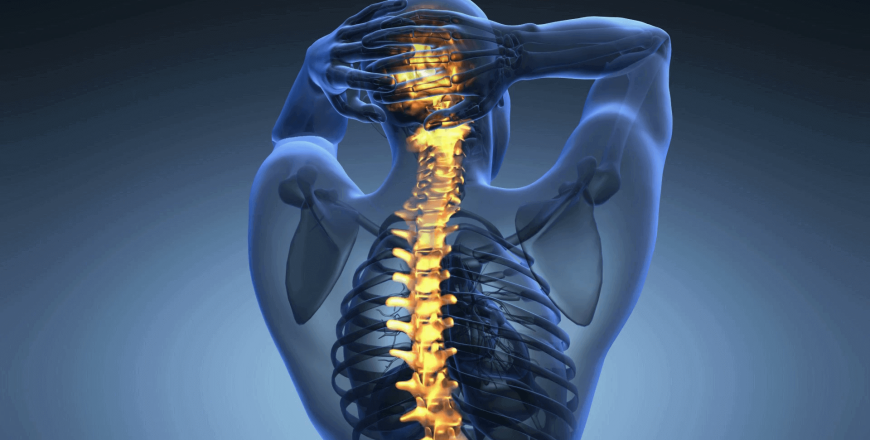
- Curriculum
- Reviews
SECTION 1: THE SKULL
SECTION 2: THE VERTEBRAL COLUMN
-
7General Characteristics of the Spine
-
8Parts of a Vertebra
-
9The Thorax
-
10Thoracic Cage: Ribs
-
11The Shoulder
-
12The Upper Limb
-
13Ulna and Radius (The Forearm)
-
14The Hip
-
15Pubis
-
16Pelvic Structure and Childbearing
-
17The Lower Limb
-
18Tarsals, Metatarsals, and Phalanges (The Foot)
-
19Longitudinal Arches
-
20Quiz
SECTION 3: CLASSIFICATION OF JOINTS
Please, login to leave a review




